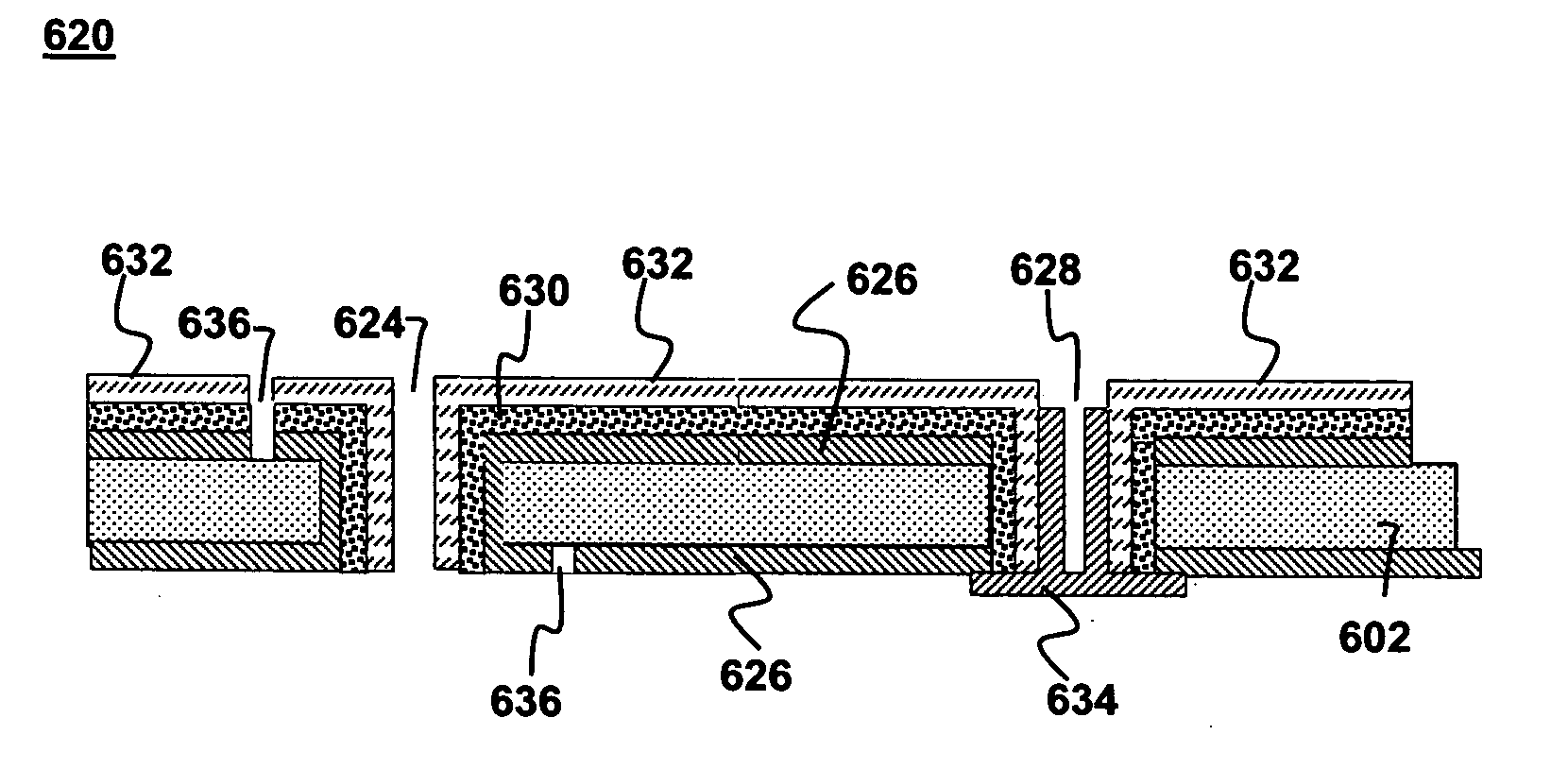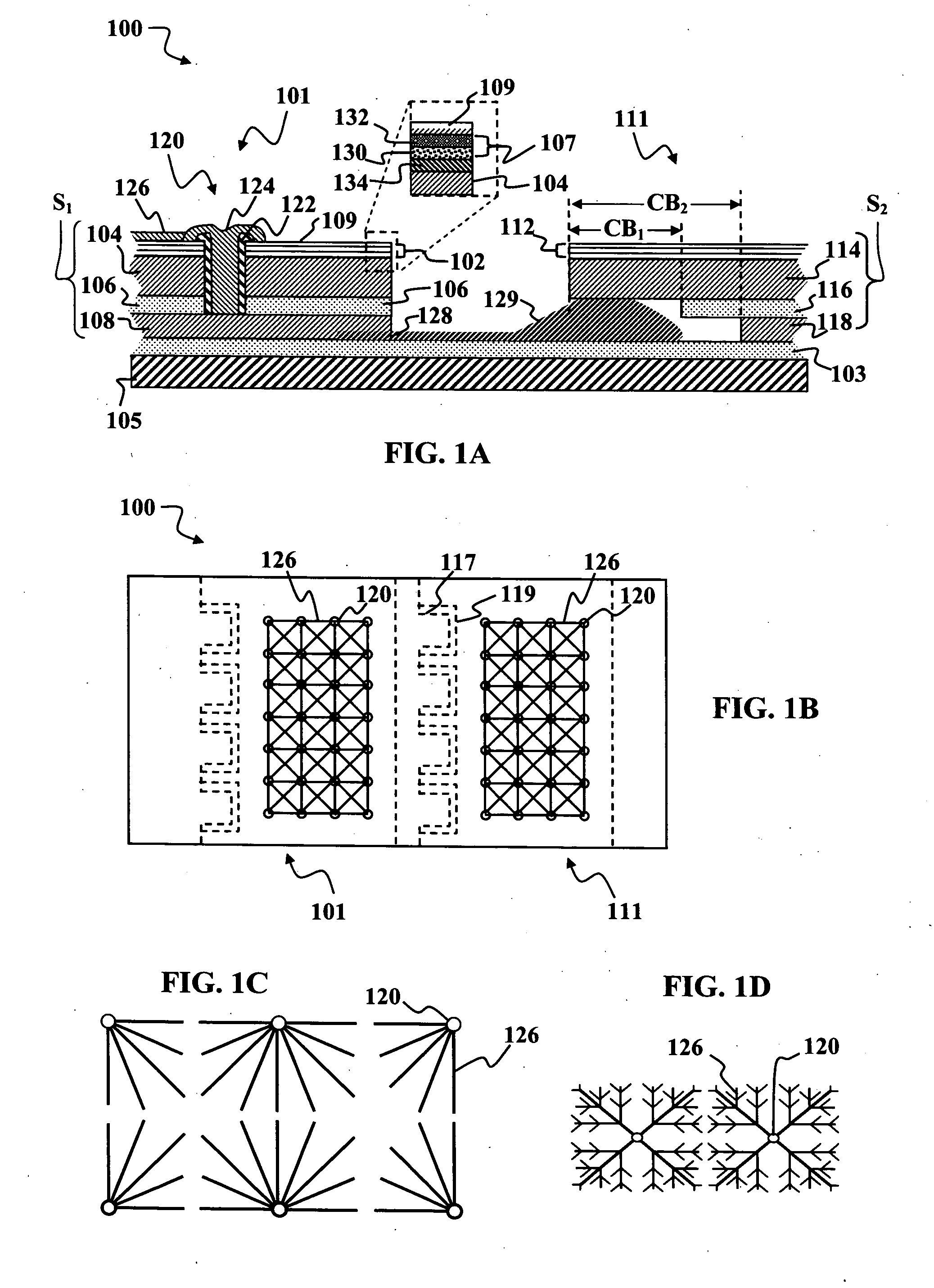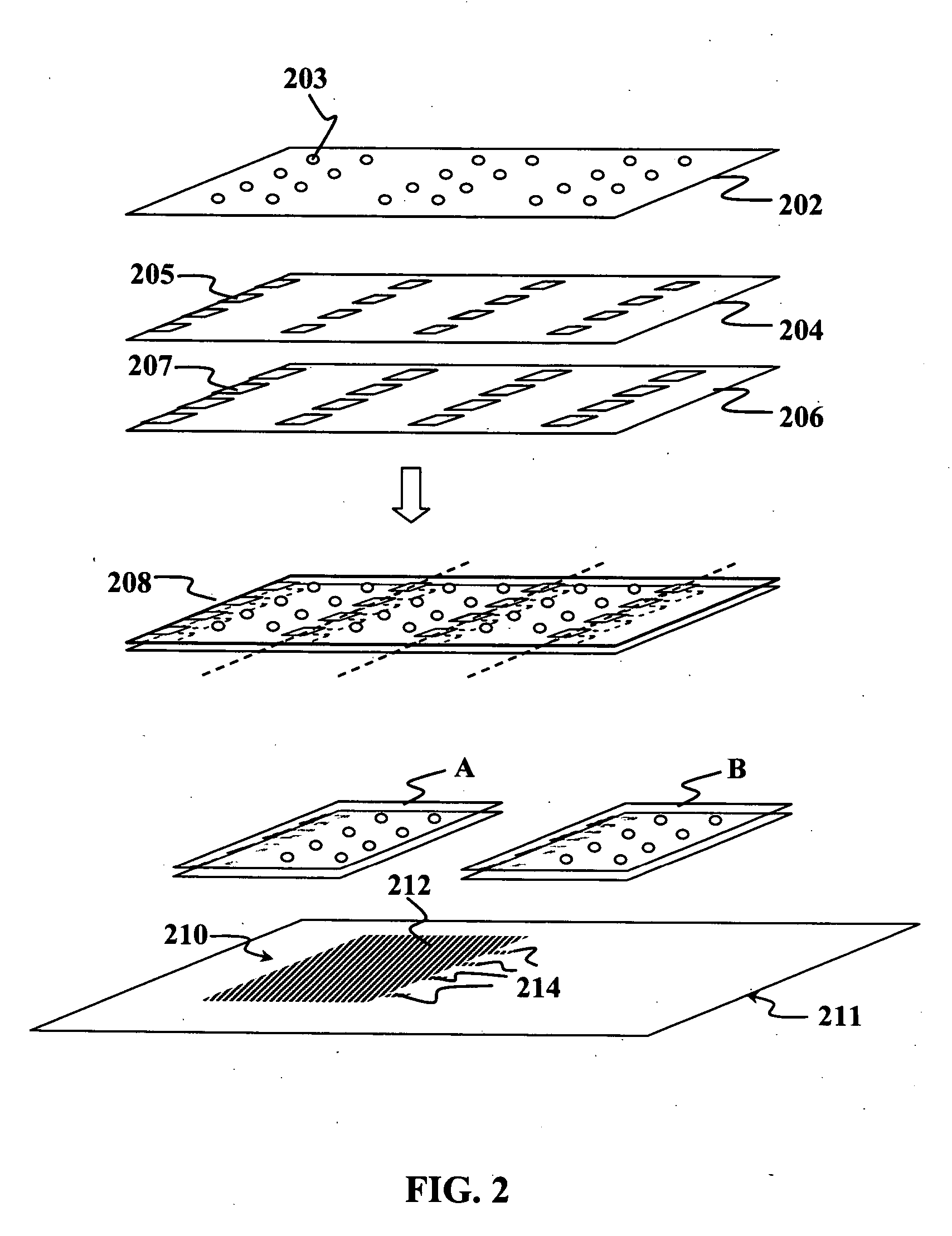Optoelectronic architecture having compound conducting substrate cross-reference to related application
a technology of compound conducting substrate and optoelectronic device, which is applied in the manufacture of final products, sustainable manufacturing/processing, light radiation electric generators, etc., can solve the problems of premature failure of solder joints, incompatibility of solder and silicon wafer materials, and individual optoelectronic devices producing only a relatively small voltag
- Summary
- Abstract
- Description
- Claims
- Application Information
AI Technical Summary
Problems solved by technology
Method used
Image
Examples
Embodiment Construction
[0025] Although the following detailed description contains many specific details for the purposes of illustration, anyone of ordinary skill in the art will appreciate that many variations and alterations to the following details are within the scope of the invention. Accordingly, the exemplary embodiments of the invention described below are set forth without any loss of generality to, and without imposing limitations upon, the claimed invention.
[0026]FIGS. 1A-1B illustrates an array 100 of optoelectronic devices according to an embodiment of the present invention. The array 100 includes a first device module 101 and a second device module 111. The device modules 101, 111 may be photovoltaic devices, such as solar cells, or light-emitting devices, such as light-emitting diodes. In a preferred embodiment, the device modules 101, 111 are solar cells. The first and second device modules 101, 111 are attached to an insulating carrier substrate 103, which may be made of a plastic mater...
PUM
 Login to View More
Login to View More Abstract
Description
Claims
Application Information
 Login to View More
Login to View More - R&D
- Intellectual Property
- Life Sciences
- Materials
- Tech Scout
- Unparalleled Data Quality
- Higher Quality Content
- 60% Fewer Hallucinations
Browse by: Latest US Patents, China's latest patents, Technical Efficacy Thesaurus, Application Domain, Technology Topic, Popular Technical Reports.
© 2025 PatSnap. All rights reserved.Legal|Privacy policy|Modern Slavery Act Transparency Statement|Sitemap|About US| Contact US: help@patsnap.com



